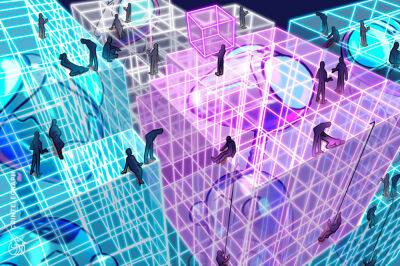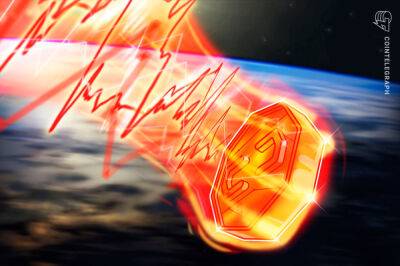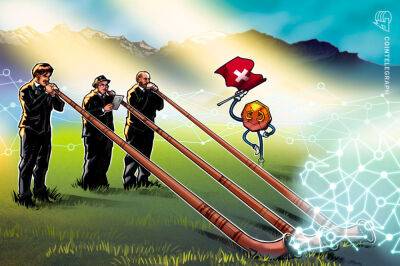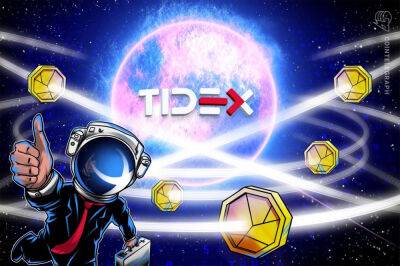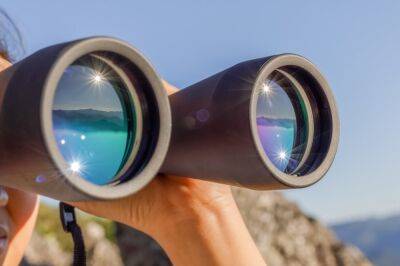Orbital space around Earth must be protected amid rise in satellites, say scientists
The orbital space around Earth must urgently be protected by environmental rules and regulations akin to those that safeguard the planet’s land, seas and air, leading scientists say.
An international team of researchers warn that a dramatic rise in the number of satellites is polluting the night sky for astronomers and stargazers, while increasing the risk of objects colliding in space and potentially even striking people or aircraft when they fall back to Earth.
Much of the concern is driven by the surge in mega-constellations, which involve placing tens of thousands of satellites in low Earth orbit to deliver broadband internet and other services.
While companies such as SpaceX and OneWeb are leading the way, others are interested, including Rwanda, which recently filed an application to launch 327,000 satellites in a single project.
Writing in Nature Astronomy, scientists from the UK, US, Canada and the Netherlands warn the number of satellites in low Earth orbit could exceed 100,000 by 2030, disrupting the work of astronomers and reshaping our view of the heavens as the number of satellites seen as “fake stars” starts to rival the number of real stars seen with the naked eye.
“We really need to get our act together. We need to see where have we got regulations that we’re not applying properly, and where do we need new regulations?” said the lead author, Andy Lawrence, a regius professor of astronomy at the University of Edinburgh.
“This is about recognising that the problems we see in orbit are the same as those we see when we worry about the land, the oceans and the atmosphere. We need to knock heads together and say how can we solve this problem.”
Among the proposals are regulations based on a satellite’s space traffic
Read more on theguardian.com


